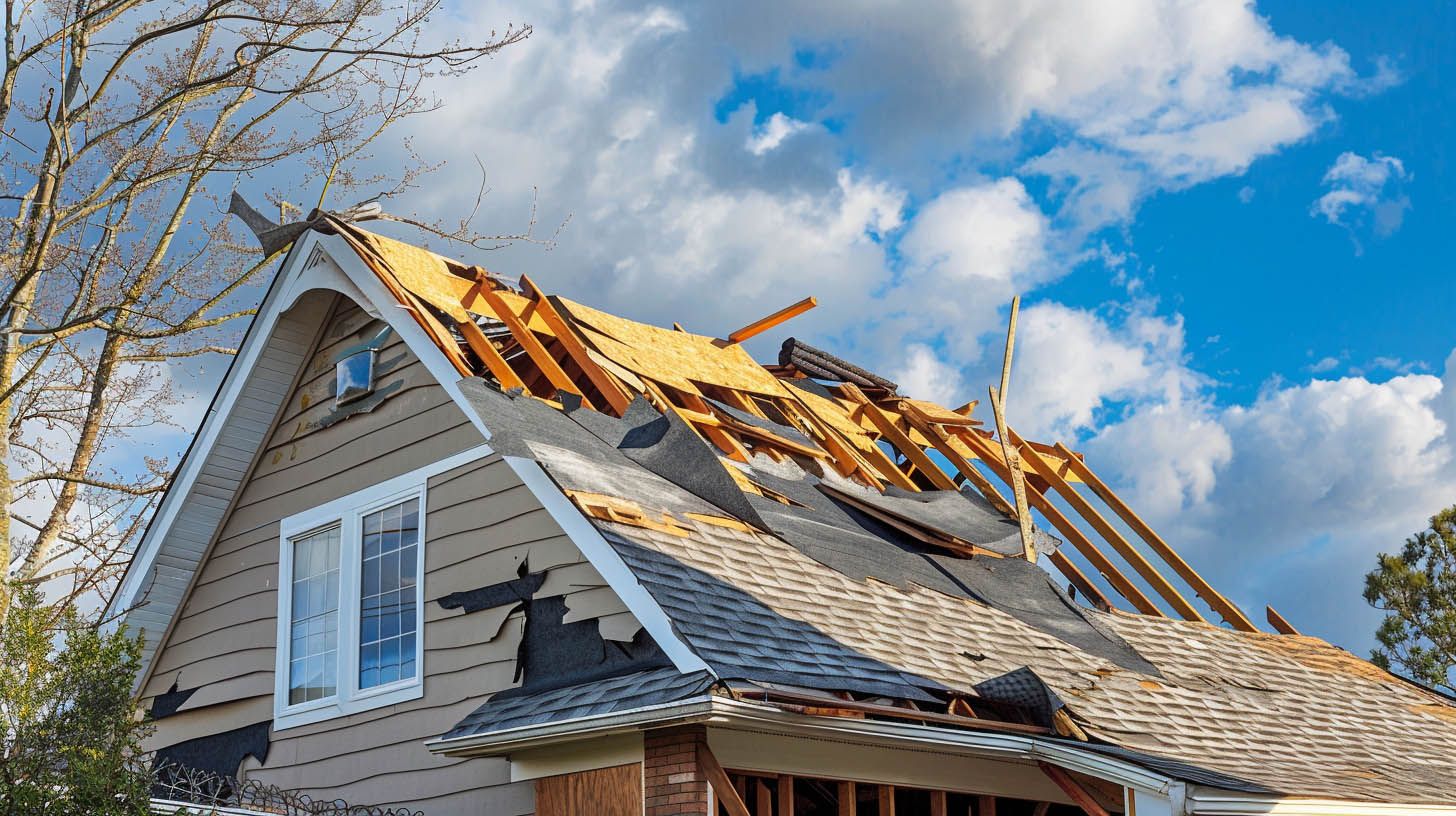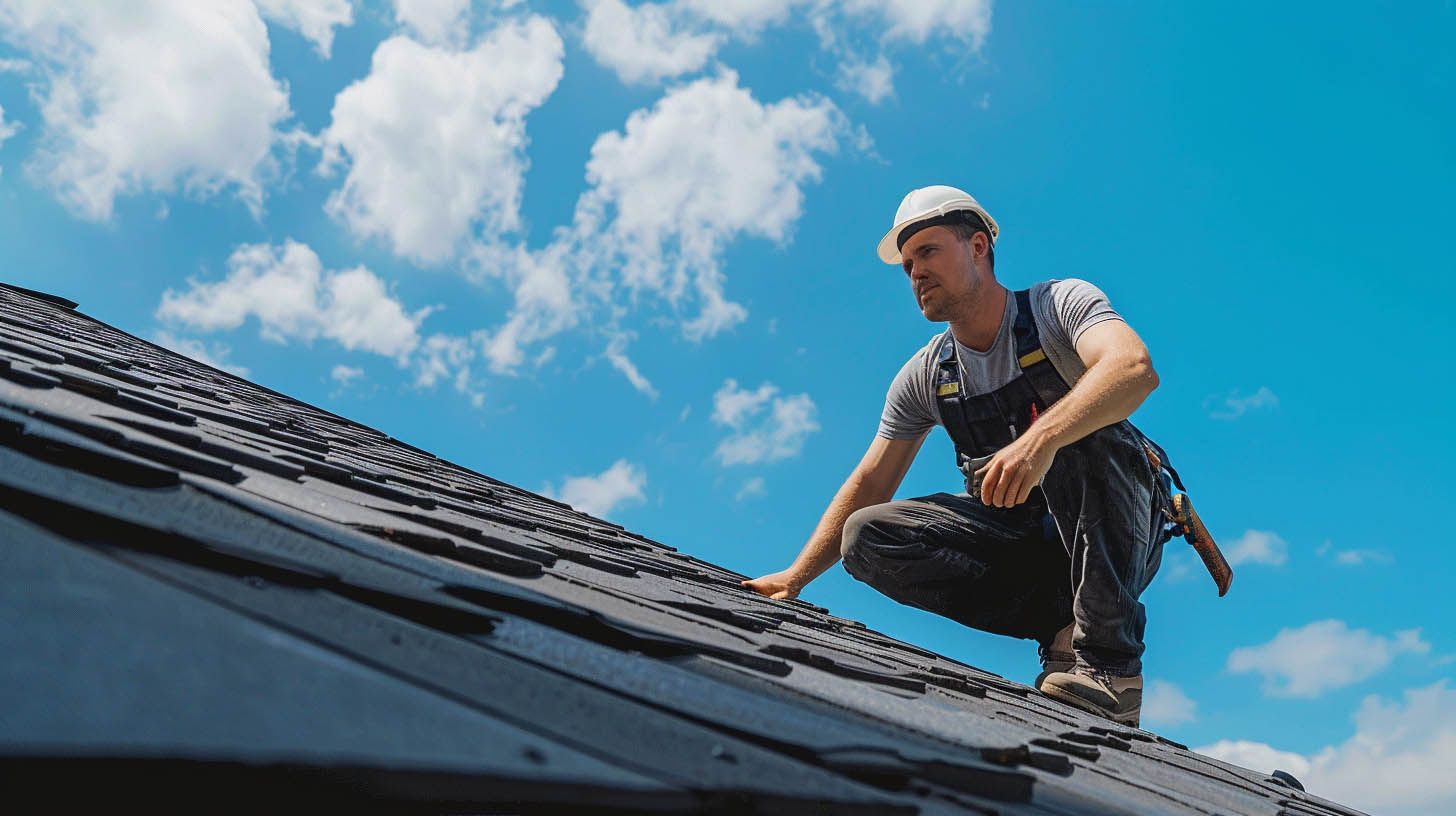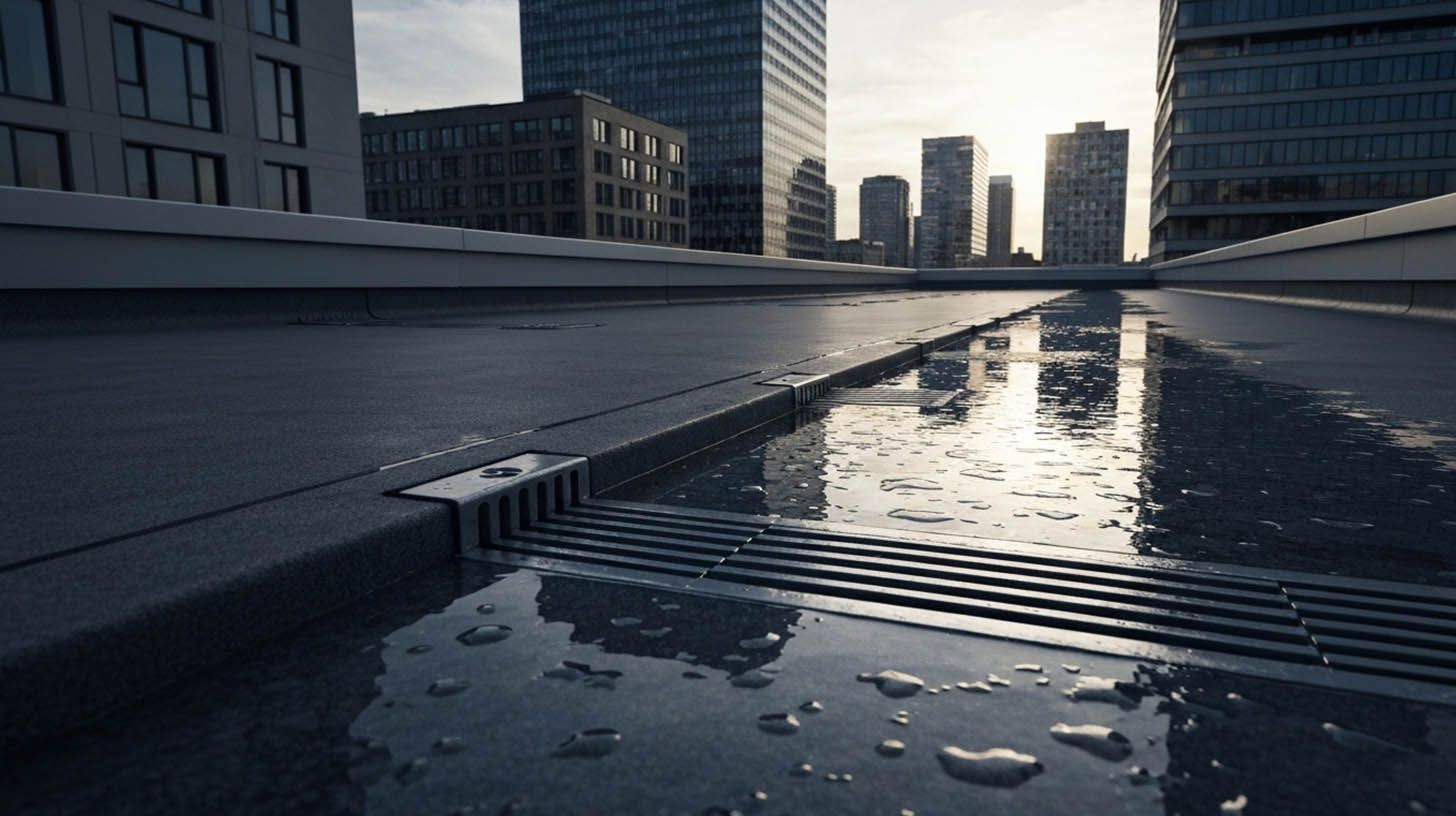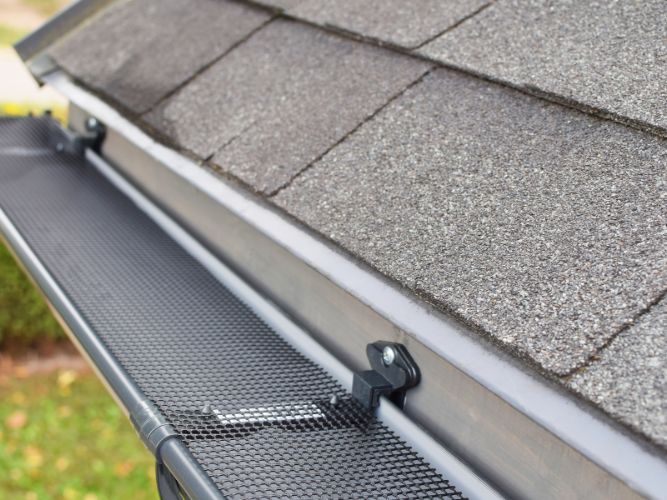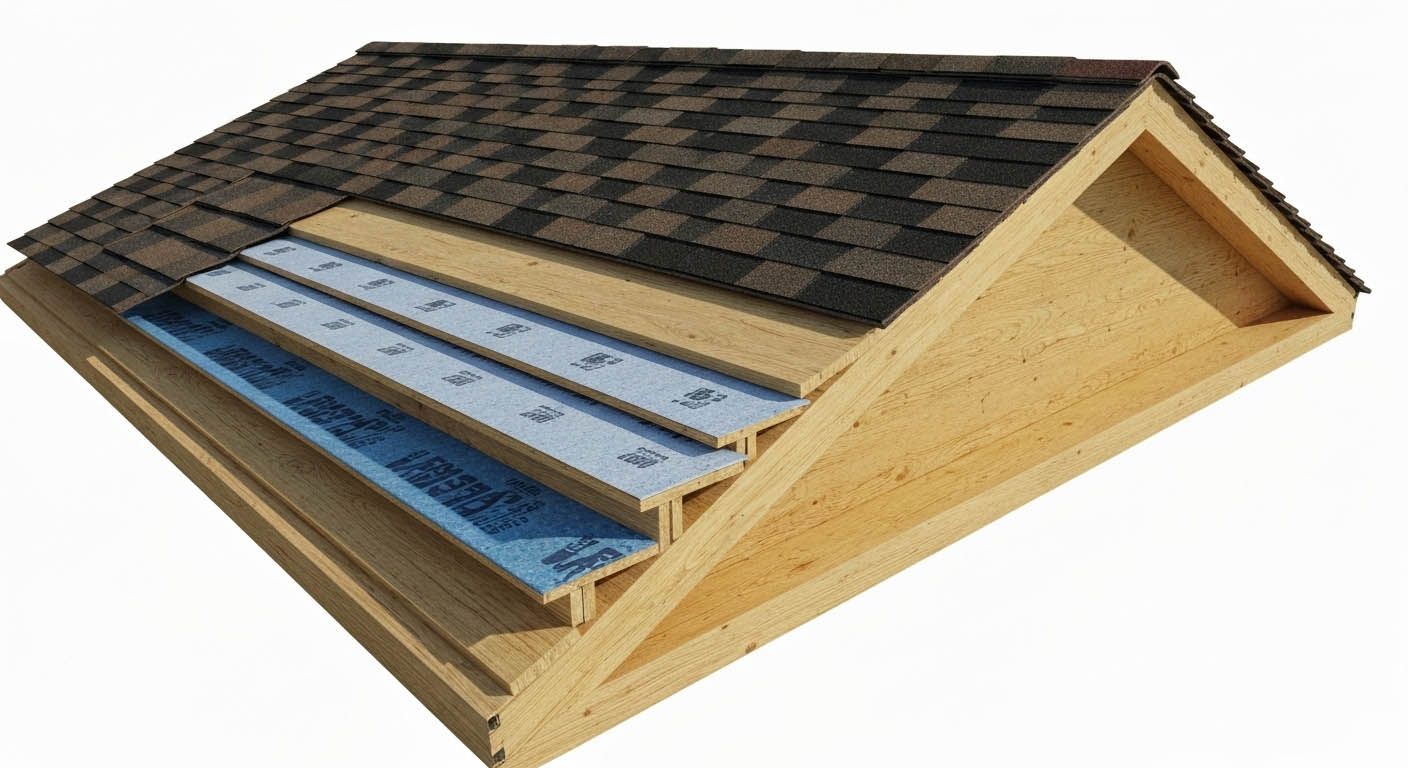In Rockford, IL, severe weather is a reality that homeowners face. Storms can inflict roof damage that, over time, compromises your home’s safety and shortens your roof’s lifespan. At Boss Roofing Siding Experts, our mission is to keep your family safe and dry by addressing these issues proactively. Understanding how storms affect your roof is the first step toward lasting protection and peace of mind.
Types of Storm Damage That Impact Roof Longevity
Different types of storm damage can significantly affect the longevity of your roof. Hail damage often results in granule loss, weakening the protective barrier of asphalt shingles. Strong winds may cause loose shingles or even complete roof sections to detach, exposing the underlying materials. Heavy rain can exacerbate issues like water intrusion, leading to mold growth and structural concerns over time. Regular inspections are essential to identify these threats early and maintain the structural integrity and lifespan of your roofing system.
The Effects of Wind, and Heavy Rain on Roofing Materials
Hail impacts roofing materials by creating dings or fragments that compromise the protective barrier, leading to water infiltration. Strong winds can cause loose shingles or flashing, exposing the underlying layers to the elements. Heavy rain further exacerbates these issues, as improper drainage or existing damage becomes entry points for moisture, possibly resulting in mold growth and structural integrity concerns. Regular roof inspections can help spot these vulnerabilities early, ensuring timely repairs and prolonging the roof’s lifespan.
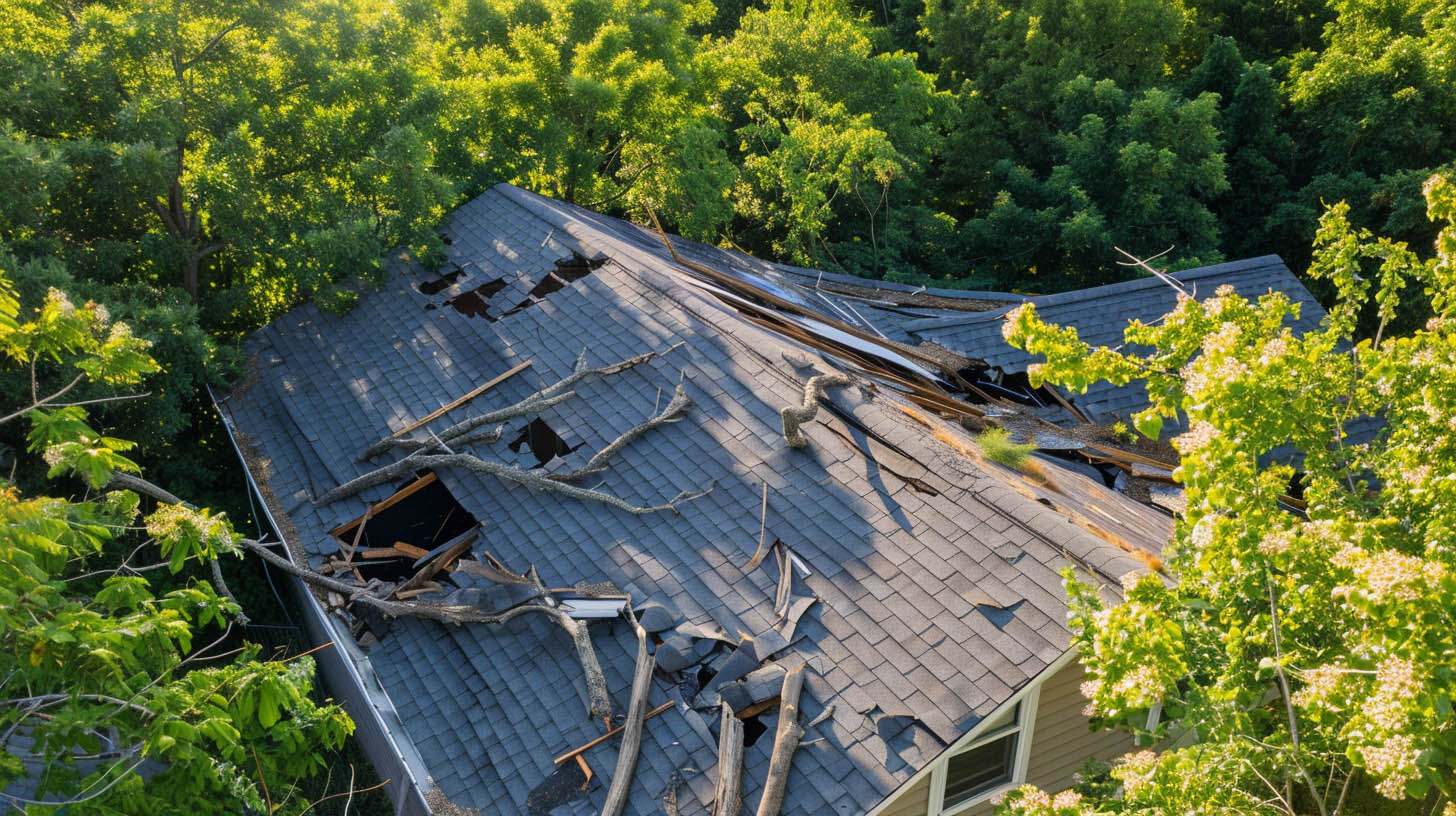
How Severe Weather Influence Roof Durability
Severe weather conditions, such as hurricanes, pose a significant threat to the durability of roofing materials. High winds can cause loose flashing, missing shingles, or even result in the complete loss of sections of your roof. Moreover, torrential rainfall during these events exacerbates issues, leading to water intrusion and mold growth, which further compromises the structural integrity of your home. Regular inspections and prompt repairs after such storms are crucial in maintaining the roof’s lifespan and preventing costly long-term damage.
Hidden Long-Term Effects of Storm Damage on Your Roof
Storm damage often hides significant long-term effects that can jeopardize both the integrity of your home and your roof’s lifespan. Moisture intrusion, unnoticed mold growth, and gradual structural weakening frequently arise from these hidden threats. Despite minor storm impacts, roof materials like asphalt shingles or metal roofs may suffer from granule loss, leading to diminished energy efficiency and increased vulnerability to future weather conditions. Regular inspections are essential to identify signs of damage early and facilitate timely repairs, preventing costly issues down the line.
Moisture Intrusion and Structural Weakening
Moisture intrusion poses a significant threat to the integrity of your roof and home. Water infiltration can weaken roofing materials, leading to structural issues and mold growth over time. This dynamic not only shortens the lifespan of roofing components, like asphalt shingles and metal roofing, but also jeopardizes the structural integrity of your home. Addressing water damage promptly and performing routine inspections are essential preventive measures to maintain a safe and energy-efficient environment for your family.
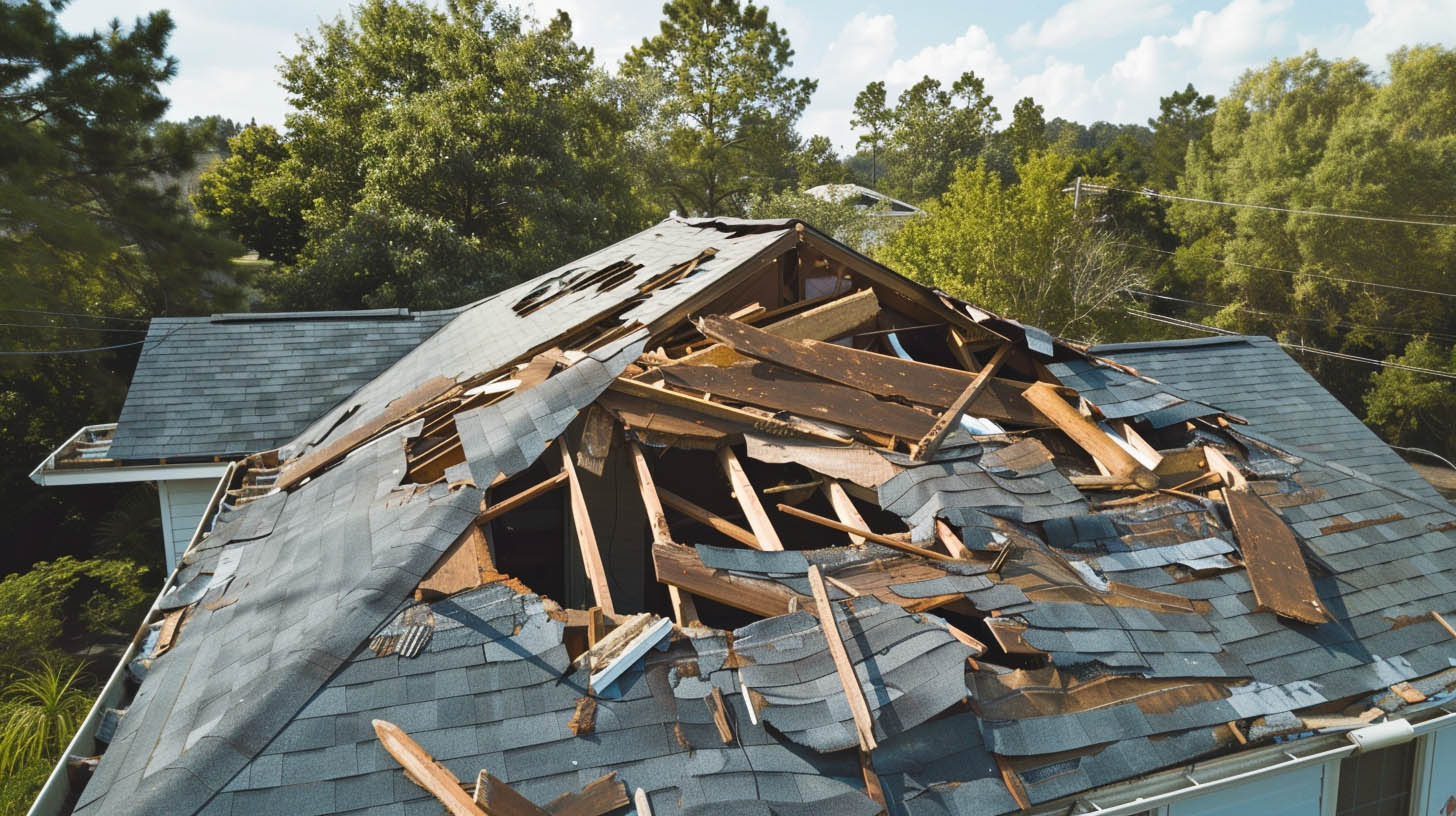
Gradual Loss of Roof Protection and Insulation Efficiency
Continuous exposure to harsh weather can lead to a gradual loss of roof protection, particularly affecting the insulation efficiency of various roofing materials. As elements like strong winds and heavy rain erode roofing integrity, water infiltration can compromise insulation, resulting in increased energy bills and decreased comfort indoors. Regular roof inspections are essential to identify early signs of damage, ensuring that any structural issues are addressed promptly to maintain the roof’s lifespan and protect the overall integrity of your home.
When to Repair vs. Replace Your Roof
Assessing whether to repair or replace your roof hinges on the extent and type of damage observed. An experienced roofing contractor will conduct a thorough roof inspection, identifying signs such as missing shingles, water intrusion, or structural problems caused by storms. If damage is limited and the roof’s lifespan remains intact, timely repairs might suffice. However, significant damage, particularly to the roof decking or extensive mold growth, may necessitate a full replacement to ensure the structural integrity and energy efficiency of your home.
Signs of Persistent Roof Damage
Recognizing the signs of ongoing roof damage is crucial for maintaining the integrity of your home, especially in a region like Rockford, IL, prone to severe weather. Look for symptoms such as water stains on ceilings, missing or loose shingles, and any granule loss on asphalt roofing materials. Additionally, inspect for proper drainage and signs of mold growth, which can hint at water infiltration. Regular inspections by a roofing contractor can help catch these issues early and prevent costly repairs in the long run.

Factors Boss Roofing Siding Experts Consider During Inspections
As a GAF President’s Club Award winner, we deliver thorough roof inspections focused on your home’s safety. Our experts go beyond surface issues, performing routine checks to catch vulnerabilities early and uphold our mission of “Keeping Families Safe & Dry.”
We carefully inspect for subtle wear like shingle granule loss, which signals reduced UV protection, and check for water entry points around flashing, vents, and chimneys. We also assess the structural integrity of the roof decking to detect hidden moisture that could cause long-term damage.
Backed by our BBB A+ rating, our inspections include:
- Examining flashing and seals around all penetrations
- Checking for moisture or rot in the attic and roof deck
- Assessing shingle damage, such as cracks or lifting
Get in Touch
In conclusion, understanding long-term storm damage is essential for protecting your roof and home. Weather can cause hidden problems like moisture intrusion, mold, and structural damage. At Boss Roofing Siding Experts in Rockford, IL, we prioritize your safety with expert inspections and quality service. Whether you need repairs or replacement, our team will recommend the best solution. For commercial roofing needs, contact us today for a quote to protect your investment.
Frequently Asked Questions
What maintenance steps help prevent long-term storm damage?
The best preventive measures include scheduling routine inspections with a professional, especially after major storms. Regular maintenance, like cleaning gutters and making timely repairs to minor issues, is crucial for preventing small problems from turning into costly failures.
How does storm damage impact my home’s value?
Untreated roof damage can significantly decrease your home’s value and make it difficult to sell. A damaged roof is a major red flag for potential buyers and inspectors. Addressing issues promptly protects your investment and prevents further damage that could lead to even greater value loss.
